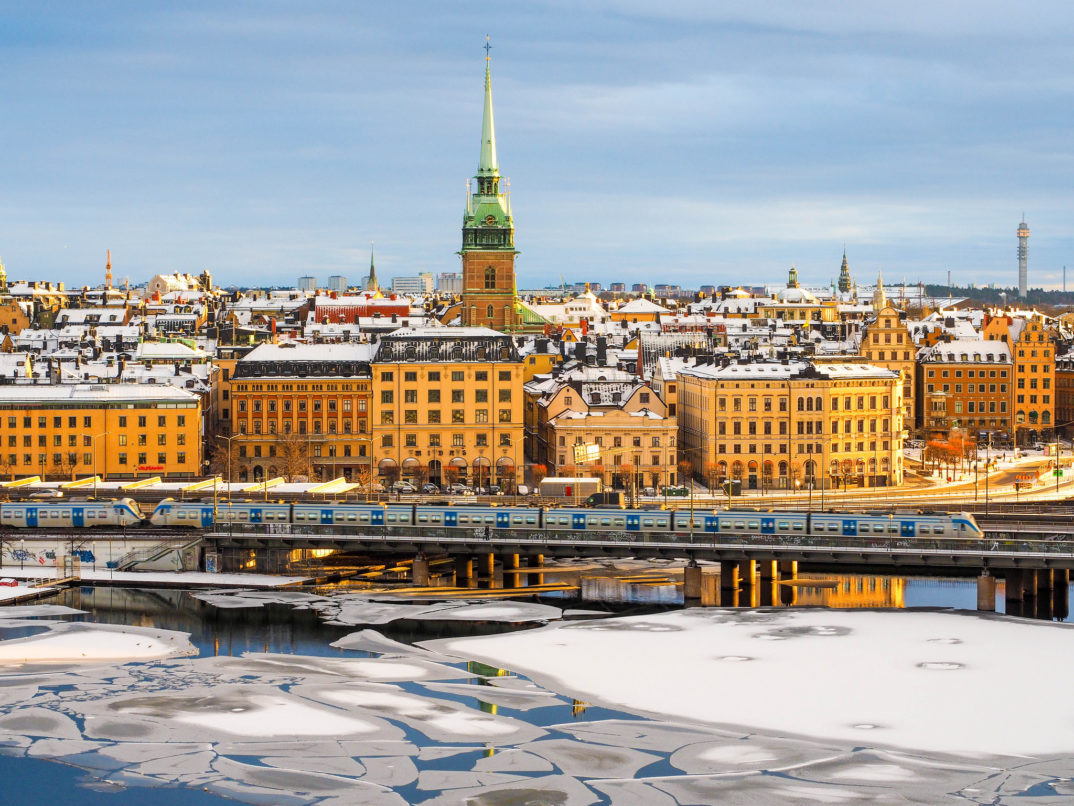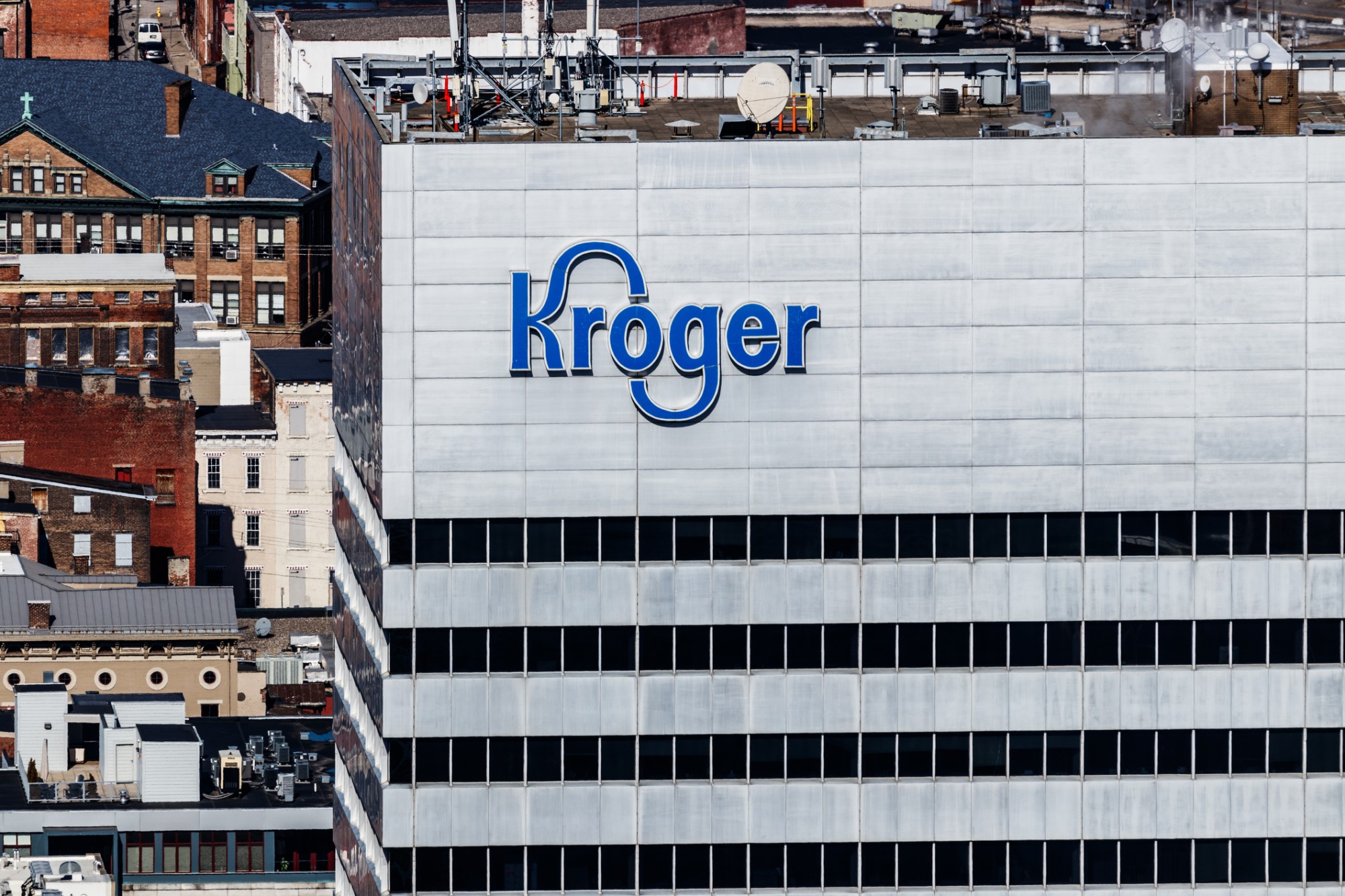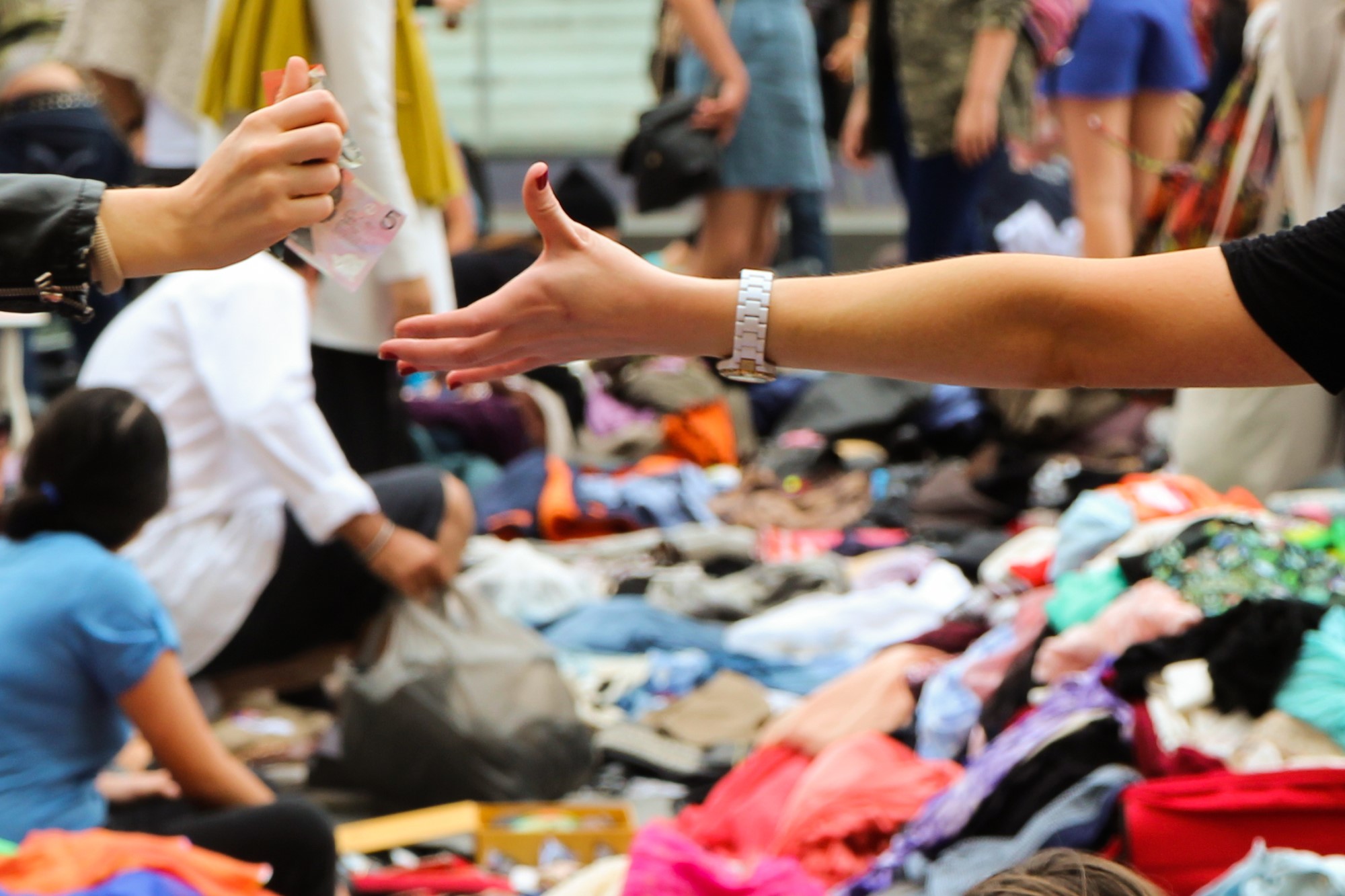Crisis in Sweden: A Struggle with Mass Migration
In 2015, the year of the Syrian refugee crisis, Sweden accepted over 160,000 refugees, more refugees per capita than any other European nation. The sparsely-populated country prides itself on its generosity towards newcomers, and Sweden’s foreign minister even declared the country to be a “humanitarian superpower.” Years later, Sweden continues to be one of two European nations (the other being Germany) to have opened its borders to such a drastic extent, having accepted approximately three out of every four asylum seekers in 2015.
Since 2015, the Swedish government, in coordination with United Nations, has worked tirelessly to establish an adequate resettlement program for incoming refugees. This resettlement program includes the installation of resettlement camps, procurement of necessary travel documents for incoming refugees, and even a Swedish cultural class to help refugees adjust to life in Sweden. Despite these measures, however, the nation still faces a series of challenges spurned by its handling of their immigration situation.
One issue that Sweden faces with recent immigration is the multiple cultural differences existing between new refugees and more practiced members of Swedish society. Paul Connolly, a contributing writer for The Local (a Swedish news source published in English), holds that incoming refugees are often not as aware of heavily-emphasized Swedish values such as gender equality and economic welfare. This lack of awareness allegedly causes intense clashes of ideals, and compromises Sweden’s “morally-superior” values.
Perhaps the most glaring problem since the influx of refugees in 2015 is the vast increase in gang-related crime, mainly within immigrant communities. In 2017, there were a total of 306 shooting incidents across Sweden. While the rate of violent crime is still relatively low and even decreasing in some places, the number of weapons trafficked into Sweden is skyrocketing. Gangs are finding it easy to smuggle weapons, which are mostly left over from the Bosnian War of the 1990s, through a globalized Europe with little border security.
Tension in Sweden is rising as some Swedes are taking notice of the problems that have arisen since the 2015 crisis, which has materialized in a rise of strongly negative attitudes towards refugees. Support for the Swedish Democrats, Swedish Parliament’s far-right and starkly anti-immigration party, has grown by 10 percent in just eight years. With their anti-immigration message increasingly resounding with Swedish voters, support for the party only continues to grow. The number of violent attacks motivated by radical anti-immigrant attitudes has also increased in recent years. There were 112 attacks on refugee reception centers in 2016 alone, and even a school attack targeted at immigrants late in 2015.
However, it is not the fault of refugees for cultural conflict and the increased flow of weapons into Sweden. Rather, it is Sweden’s failed integration system that is to blame. Sweden’s inability to provide adequate housing, education, and employment for its refugees has only made cultural differences more difficult to bridge, and given fodder to gangs who draw their membership from disaffected youth. In fact, integration is a pressing issue in countries that are opening their borders to refugees all across Europe. Perhaps some of the most illustrative European nations dealing with the refugee crisis are the United Kingdom, Germany, and France. Each of these countries have different integration policies with vast consequences for the people they affect. The UK, for instance, has an integration policy that tends to isolate refugees. The nation’s “dispersal policy” sends incoming refugees to locations where housing is abundant. However, these locations are typically disaffected areas where refugees are suddenly clumped together. Therefore, unemployment amongst refugees remains high as they are simultaneously zoned off from the rest of the UK.
Conversely, Germany’s government evenly distributes its refugees throughout the country based on existing populations and tax revenue of each individual municipality within the nation. Germany also takes measures to lower barriers to housing and employment for refugees, and requires them to receive language education and skills training before receiving their asylum decisions in an effort to bridge cultural divides and boost their employability. However, this system comes with its own set of drawbacks, as evenly distributing refugees across municipalities puts an unfair burden on large German cities that are already dealing with their own crises in providing affordable housing.
France stands as an outlier from the integration methods of the UK and Germany, as the French send refugees off to choose where they live and work within the country. This has caused French integration to be seen as a more “assimilationist” or “hands-off” approach. After their asylum applications are processed, refugees coming to France are allotted a limited stay in temporary housing, and are then left to their own devices to find housing and employment. This does little to address the integration issues at hand, and many refugees end up living together in camps that face squalid conditions.
Thus, reviewing the precedents of integration policy set by the UK, Germany, and France, the paths set for Sweden in alleviating its own integration disaster seem clear-cut. But as a country that deems itself a “humanitarian superpower,” how should Sweden proceed in a way that presents a morally-sound example for the rest of Europe?
While the UK’s, Germany’s, and France’s integration systems are all viable options for Sweden, each presents a different set of drawbacks that end with refugees being on the losing end. In order to prevent further maltreatment of refugees in Sweden, Swedish Parliament must organize their system in a way that puts refugees first, but without compromising the stability of their nation as a whole.
What many do not realize is that there is no steadfast way to achieving this balance. Falling strictly in line with the UK, Germany, or France will not ensure stable lives for refugees, as evident from their own failures. Rather, settling refugees into European society presents itself as a spectrum between the three systems of dispersal (as in the UK), even distribution (as in Germany), and assimilation (as in France). While each fosters various weaknesses that harm refugees, each also has a set of strengths. The key for Sweden to accomplishing a system that is both compassionate towards refugees and stable for the nation is to fall somewhere on the spectrum that harnesses these strengths. For instance, Sweden could strive to offer abundant housing and employment programs for refugees, as in Germany, while also allowing refugees the freedom to choose where they live and which jobs they prefer, similar to France. Either way, what Sweden is currently doing is ineffective, as gangs and unemployment continue to take hold over refugee communities in the country. Sweden must face this problem head-on if they wish to uphold the “humanitarian superpower” reputation they have given themselves.





